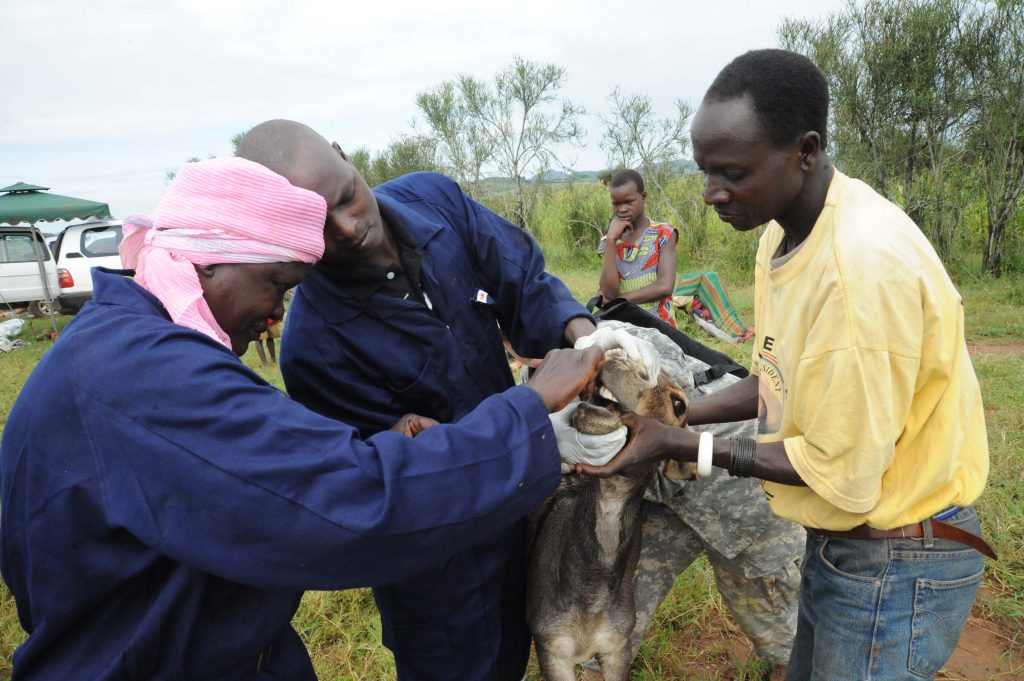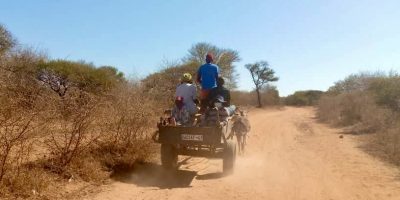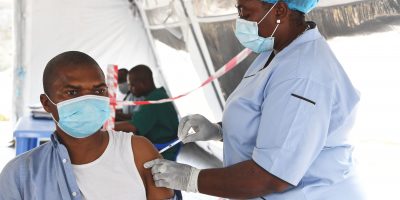Veterinary vaccines play a key role in protecting both animal and public health through the reduction of animal-to-animal and animal-to-human disease transmission. Increasing access to vaccination has been a main strategy employed across low- and middle-income country (LMIC) settings to improve coverage. However, the understanding of the barriers and facilitators to vaccine deployment and administration is often inadequate, leading to vaccine hesitancies and refusal. In turn, due to a lack of engagement with people who administer vaccines, certain diseases have quickly spread.
Many published studies address barriers to vaccine deployment, including vaccine hesitancies and their effect on the uptake of, and attitudes towards, both routine and emergency vaccination programmes in human populations. However, little attention has been given to whether experiences with livestock vaccination programmes affect hesitancies towards, and engagement with, these vaccination campaigns, especially in LMIC contexts. This is where our study began. In this blog post, I provide some reflections on the lessons learned from this case study.
Understanding local knowledge and health-seeking behaviours in southern Uganda
Having previously worked in Uganda, I was already aware of community rumours, whisperings and stories regarding vaccines administered to community members and their animals, and the problems they had experienced. This included reports of poor vaccine efficacy, as animals or community members continued to fall ill or die, side effects experienced, and beliefs that vaccines were being used to sterilise humans and livestock so that the government could take their land. We set out to understand how these hesitations, rumours and stories formed systems of knowledge and to determine whether they influenced physical actions.
In Uganda, as our SSHAP case study explores, the systems of knowledge that farmers draw upon in understanding and responding to livestock disease are important to consider. Decisions are often founded on empirical traditions that have guided farming communities in their interactions with livestock health for decades. These systems represent the interplay between distinct cultures and local environments, and within these systems of knowledge are a collective of actors that inform, construct, and disseminate insights that are then transferred into practice. These empirical traditions often influence the construction of local knowledge regarding disease behaviours and experienced effects of products such as vaccines. Farmers therefore become experts in their own right, as their observations, hesitations, and recommendations directly influence the success or failure of a vaccine when deployed. However, there is a current disconnect between those who promote vaccines and those who receive and test it. Similarly, there is a lack of research on farmers’ health decision making processes, health-seeking behaviours, and where and how vaccines are being accessed.
Attitudes to veterinary vaccinations
In response to concerns regarding vaccine hesitancies and unknown health-seeking behaviours reported by local NGOs in southern Uganda, and with a new Rift Valley Fever vaccine expected to enter phase II/III clinical trials in 2021/2022, I was sent by the AViD project to provide insights into the various sources of knowledge regarding veterinary vaccination that affect their uptake in rural communities. The project aimed to understand how local knowledge around vaccines is constructed and communicated, by undertaking semi-structured interviews with 92 individuals across 20 villages in two rural Ugandan cohorts. These interviews informed the team about who community members would seek vaccines from, who was providing information on their use, administration, and storage, and whether negative experiences of using vaccines on livestock affected the uptake of vaccines in their keepers and associated family members.
After lengthy discussions with farmers and other community members, our data highlighted that, instead of veterinarians or veterinary technicians, alternative healthcare providers are heavily relied upon, often because of their trusted position within communities, lack of access to veterinary services, previous experiences, or financial cost. Similarly, farmers often prefer to self-administer medicines they have made themselves or have bought from pharmacies, herbalists or market sellers, before seeking veterinary help. We also found a clear correlation between negative experiences with veterinary vaccines and hesitations towards human vaccination campaigns, which requires further investigation.
What have we learned?
This case study highlighted that, in order to improve vaccine deployment and administration, it is important to:
- acknowledge and respect community members’ right to seek healthcare services and products from alternative healthcare providers. Increased engagement with alternative healthcare providers is necessary. To increase vaccine uptake and reduce disease transmission, spaces for conversation with alternative healthcare providers must be created to explore when and why cases should be referred to veterinary professionals. But this can only be achieved working with, not against, these individuals.
- develop a deep understanding of information and misinformation on vaccination communicated to community members. This highlights opportunities to engage with rumours and concerns about vaccines that ultimately affect uptake.
- conduct further research on the knock-on effect of experiences with livestock vaccination programmes on hesitancies towards, and engagement with, human vaccination campaigns more broadly across LMIC contexts.
We hope that the lessons and findings from this case study can be used by veterinary public health officials and response workers to further their understanding on health-seeking behaviours, facilitators and barriers to vaccine deployment, and to assist with improving re-emerging epizootic and zoonotic disease surveillance.
This blog post is one of a series, providing insights and reflections from the SSHAP ‘Social Science and Epidemics’ collection. The collection reviews different aspects of past disease outbreaks to identify social science ‘entry points’ for emergency interventions and preparedness activities.





